Sugar Maple: Acer saccharum
What are Some of the Many Interactions Acer saccharum has?
Interactions that are Important for Other Species
The Sugar Maple plays an important ecological role in many forests of the northeastern US and eastern Canada. One particular species of bird called the Leaf Flycatcher (Empidonax minimus) has been shown to have increased stress when Sugar Maples in a particular area are declining. This is a result of a decrease in the Sugar Maples' foliage. This species of bird catches its food by picking up insects off of leaves. So, a decrease in Sugar Maple foliage results in less leaves with insects residing on them for the bird to catch and eat.
It has also been shown that
Earthworms are more diverse in
areas where there is a high amount of Sugar Maples. As was described in
the
Adaptations section,
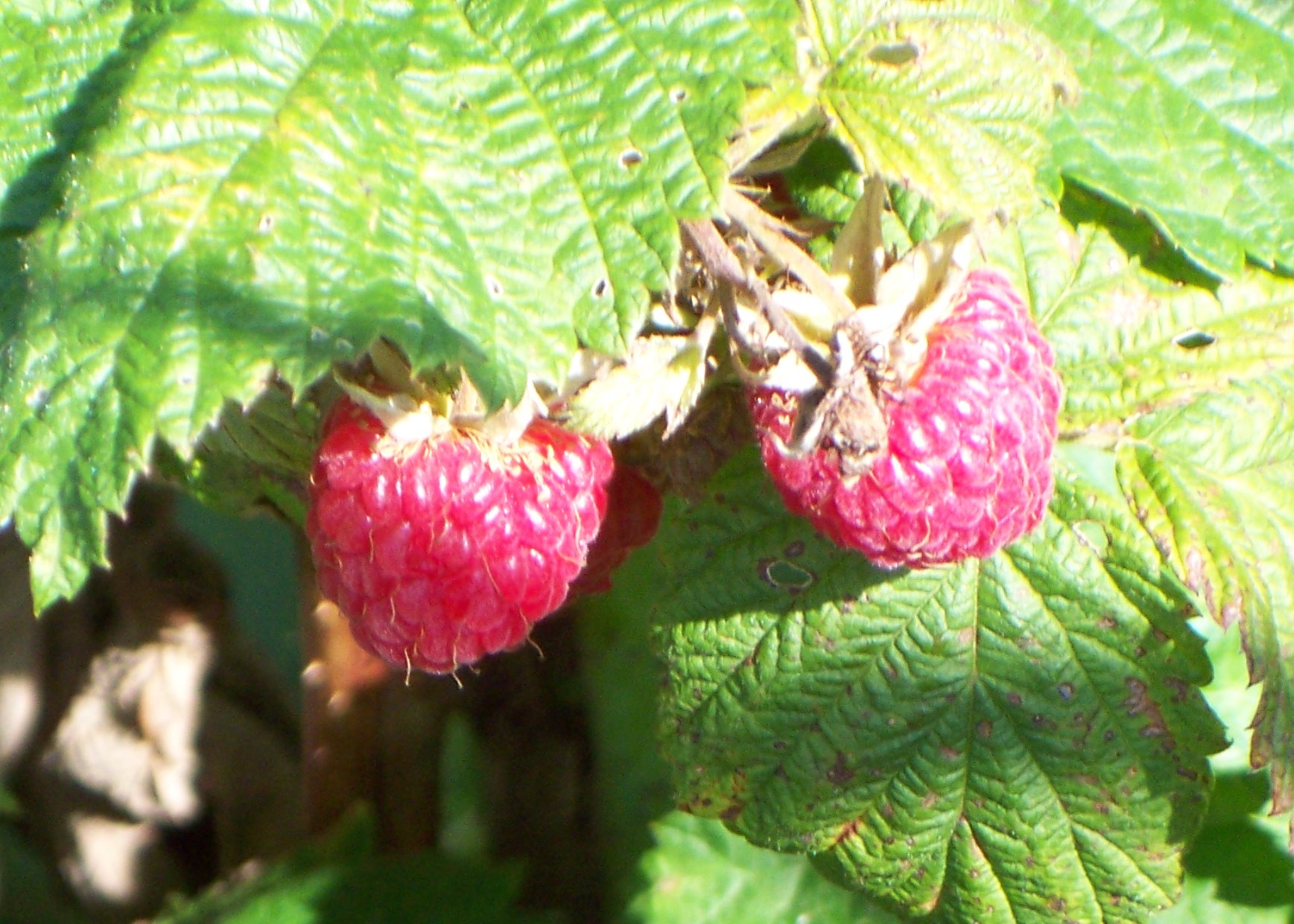 Sugar Maple trees produce a large amount of
leaf litter every fall and it is this leaf litter that helps contribute
to the
Earthworms’ success. Earthworms are also important for Acer
saccharum itself as it facilitates the breakdown of the leaf
material. They will take the leaf litter and break it down to its
essential nutrients that the Sugar Maple can take up and reuse later.
Sugar Maple trees produce a large amount of
leaf litter every fall and it is this leaf litter that helps contribute
to the
Earthworms’ success. Earthworms are also important for Acer
saccharum itself as it facilitates the breakdown of the leaf
material. They will take the leaf litter and break it down to its
essential nutrients that the Sugar Maple can take up and reuse later.
The roots of the Sugar Maple also have important interactions with fungi in which endomycorrizal or ectomycorrizal interactions have helped them to increase their water and nutrient absorption. This interaction is a necessity as the Sugar Maple would not be able to grow to such large heights without this interaction. The fungi as well would not be able to grow as well if they were not provided with an easy access to nutrients from the Sugar Maple.
Competitive Interactions to the Sugar Maple
The Sugar Maple is found in many forests of the United States and
Canada. As a result, it is
surrounded
by many species of organisms that are in
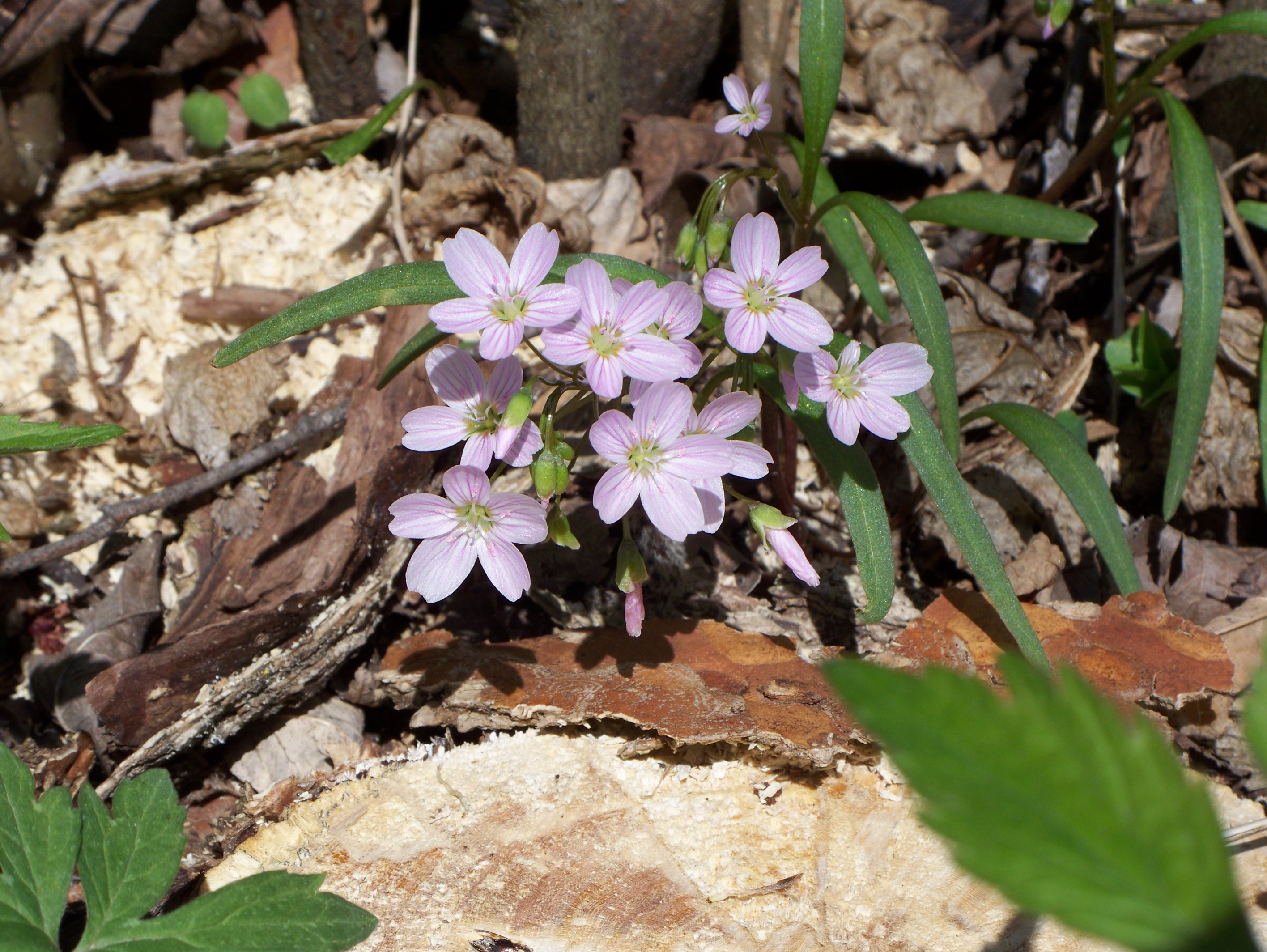 competition
with the Sugar Maple. For example the Sugar Maple is found in an
association with many species of shrubs, flowering plants, and trees.
Examples of shrub plants include
Red Raspberries (Rubus strigosus) Blackberries (Rubus
occidentalis),
Northern Maidenhair Fern (Adiantum pedatum),
Lowbush Blueberries (Vaccinium angustifolium), and
Junipers (Juniperus communis). Examples of flowering plants include
competition
with the Sugar Maple. For example the Sugar Maple is found in an
association with many species of shrubs, flowering plants, and trees.
Examples of shrub plants include
Red Raspberries (Rubus strigosus) Blackberries (Rubus
occidentalis),
Northern Maidenhair Fern (Adiantum pedatum),
Lowbush Blueberries (Vaccinium angustifolium), and
Junipers (Juniperus communis). Examples of flowering plants include
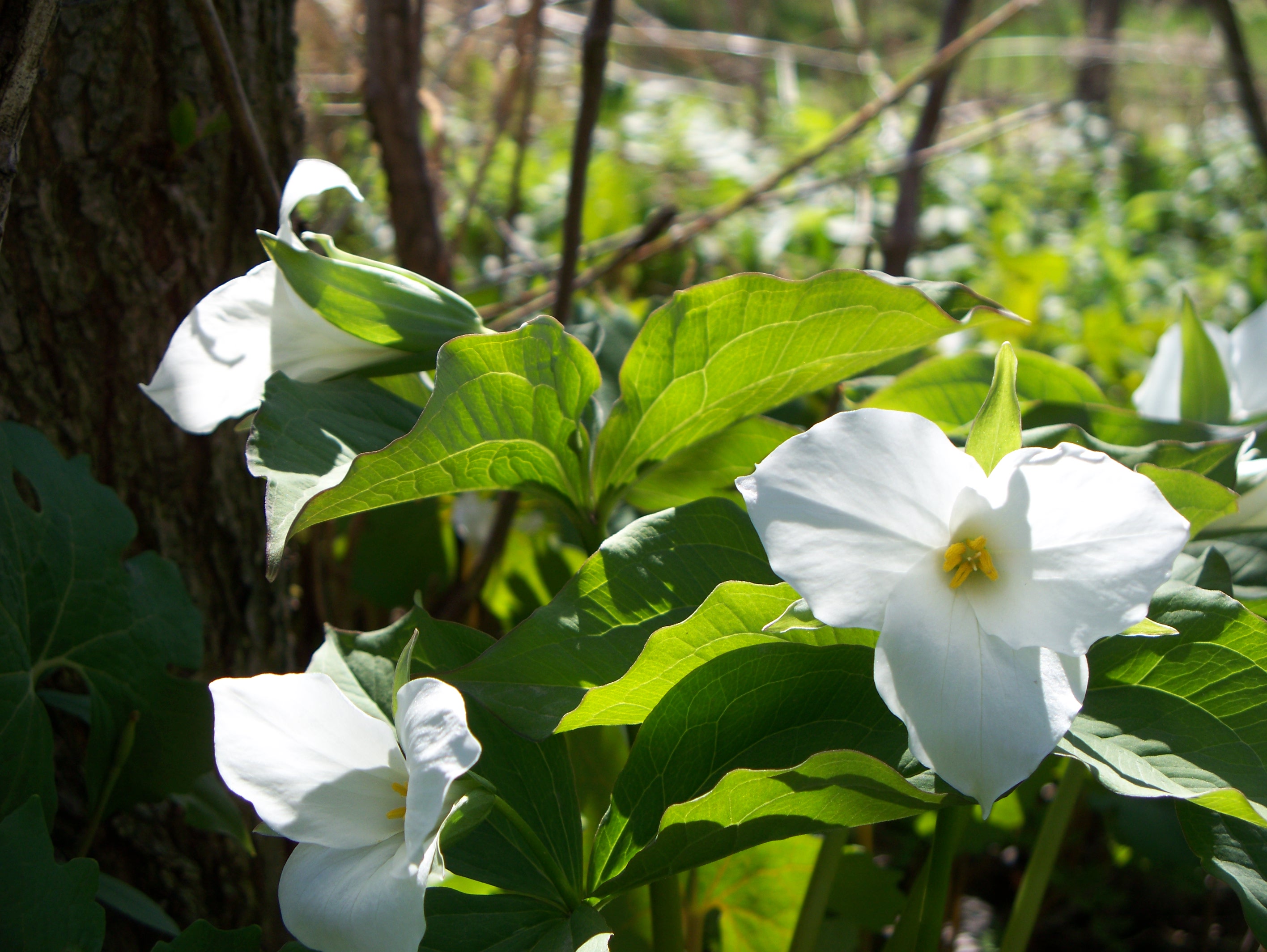 the
Large-Flowered
Trillium (Trillium grandiflorum),
Wood Violet (Viola papilionacea), Downy Yellow Violet (Viola pubescens),
Sweet Violet (Viola odorata), and Geraniums
(Geranium spp.). Examples of interacting tree species include that of the
Eastern
White Pine (Pinus strobus),
Norway Spruce (Picea abies), Basswood (Tilia americana), Yellow Birch
(Betula alleghaniensis), and even relatives to the Maple family
including the
Silver Maple (Acer saccharinum), Red Maple (Acer
rubrum), and Norway Maple (Acer platanoides).
the
Large-Flowered
Trillium (Trillium grandiflorum),
Wood Violet (Viola papilionacea), Downy Yellow Violet (Viola pubescens),
Sweet Violet (Viola odorata), and Geraniums
(Geranium spp.). Examples of interacting tree species include that of the
Eastern
White Pine (Pinus strobus),
Norway Spruce (Picea abies), Basswood (Tilia americana), Yellow Birch
(Betula alleghaniensis), and even relatives to the Maple family
including the
Silver Maple (Acer saccharinum), Red Maple (Acer
rubrum), and Norway Maple (Acer platanoides).
All of these species of plant, along with hundreds to thousands of others, all compete with the Sugar Maple for things like nutrients, water, and sunlight. Sugar Maple has adapted itself to live in conditions of little sunlight. To read more about how Sugar Maple has adapted itself to competition refer to the Adaptations section.
Interactions that Cause Damage to the Sugar Maple
Damage by People
 Sugar Maples have proved to be a very popular street tree because of
their brilliant fall colors. Unfortunately these trees do not take well
to deicing road salt. They have very little tolerance to high sodium
levels in the soil and it will cause injury to the Sugar Maple tree. The tree
takes up these sodium ions through its root system and then these ions
accumulate throughout the whole tree. In times of drought, the high
levels of sodium in the tree cause many of the tree’s twigs to die,
which can be very damaging to Acer saccharum.
Sugar Maples have proved to be a very popular street tree because of
their brilliant fall colors. Unfortunately these trees do not take well
to deicing road salt. They have very little tolerance to high sodium
levels in the soil and it will cause injury to the Sugar Maple tree. The tree
takes up these sodium ions through its root system and then these ions
accumulate throughout the whole tree. In times of drought, the high
levels of sodium in the tree cause many of the tree’s twigs to die,
which can be very damaging to Acer saccharum.
Damage by Insects
There are over 150 species of insects that have been known to feed on
Acer saccharum. Fortunately, the predation normally doesn’t cause too
much damage. But there are various species that, under the right
conditions, can cause serious damage and even death to the Sugar Maple.
One species of insect called the Forest Tent
Caterpillar (Malacosoma
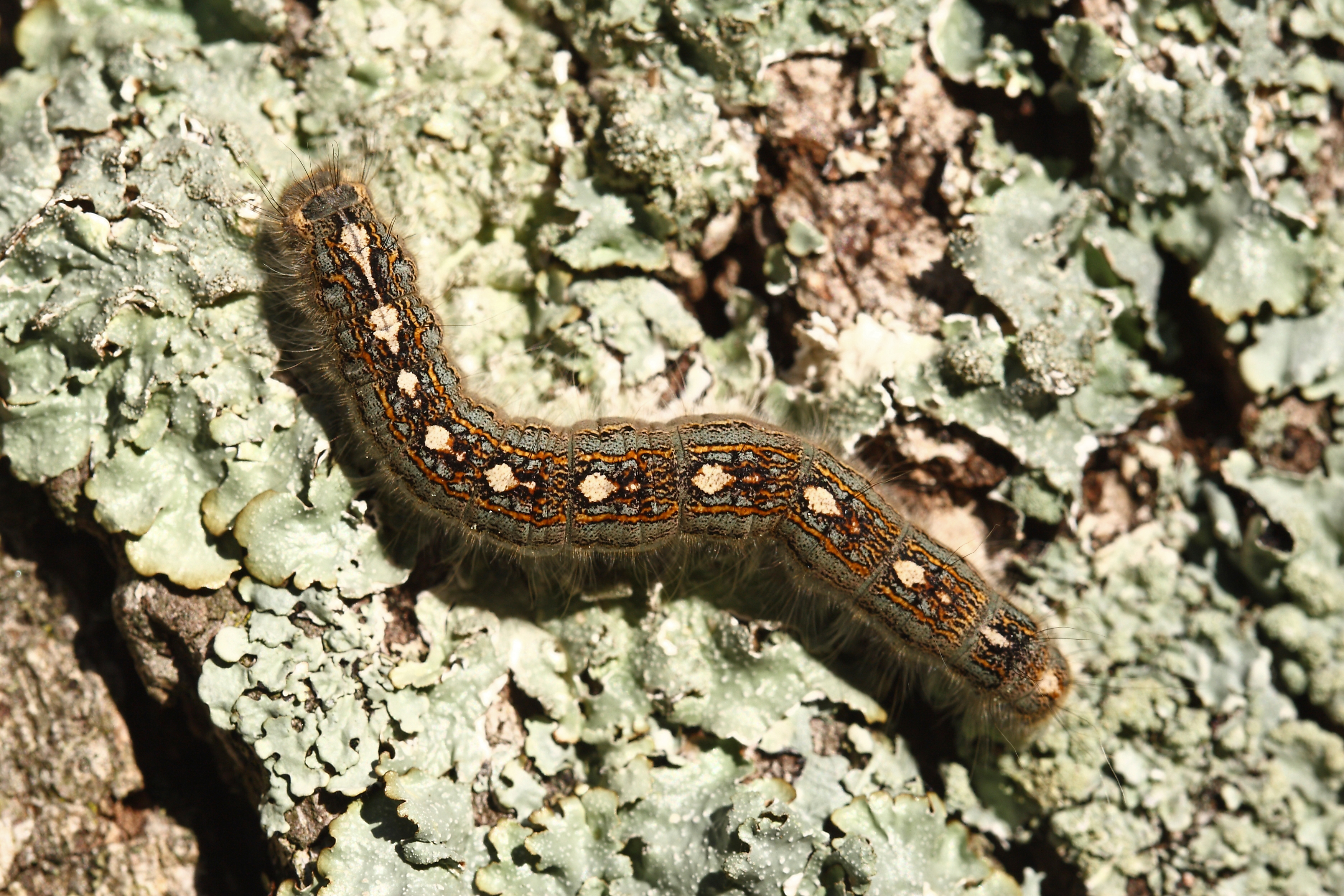 disstria) causes damage
to the maple by eating an
extensive amount of the tree’s leaves. While
this interaction rarely causes death to the Sugar Maple, it does cause
the tree’s growth to become stunted and slowed. Other examples of
species that eat Sugar Maple’s foliage include the Gypsy Moth (Lymantria
dispar), Fall
Cankerworm (Alsophila pometaria), and Spring Cankerworm (Paleacrita
vernata).
disstria) causes damage
to the maple by eating an
extensive amount of the tree’s leaves. While
this interaction rarely causes death to the Sugar Maple, it does cause
the tree’s growth to become stunted and slowed. Other examples of
species that eat Sugar Maple’s foliage include the Gypsy Moth (Lymantria
dispar), Fall
Cankerworm (Alsophila pometaria), and Spring Cankerworm (Paleacrita
vernata).
Some species of
insect even can burrow their way right into the trunk of the Sugar
Maple. These insects either damage
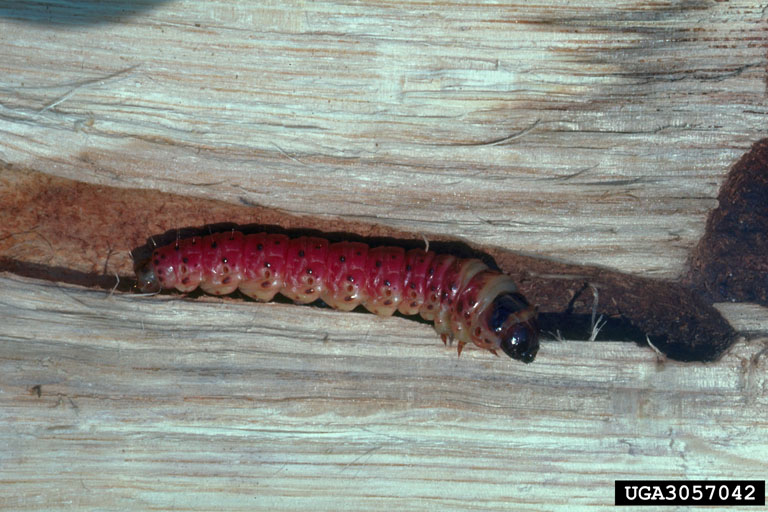 already weakened trees or
find their way into healthy trees with a small damaged area, like a
crack in the trunk. This interaction can cause serious damage and even death to the Sugar
Maple tree by degrading regions of the tree’s trunk. Examples of these
insects include the Sugar Maple Borer (Glycobius
speciosus) and the Carpenterworm (Prionoxystus
robiniae).
already weakened trees or
find their way into healthy trees with a small damaged area, like a
crack in the trunk. This interaction can cause serious damage and even death to the Sugar
Maple tree by degrading regions of the tree’s trunk. Examples of these
insects include the Sugar Maple Borer (Glycobius
speciosus) and the Carpenterworm (Prionoxystus
robiniae).
Other insects, such as Aphids for example, attack by sucking up nutrients and sap from the Sugar Maple. This can cause damage to the vascular transport system of Acer saccharum eventually causing damage to the leaves and reduced growth as a whole.
Fungal Diseases
Fungi are the major contributors to Sugar Maple death and disease.
Many fungi have been known to cause diseases of the leaf. Just like the
leaf damage cause by insects, damage to the leaves by fungi cause a
reduce in Sugar Maple growth and in rare cases, if serious enough, death
can result. Examples include Aureobasidium apocryptum,
Phloeospora aceris, and Phyllosticta minima.
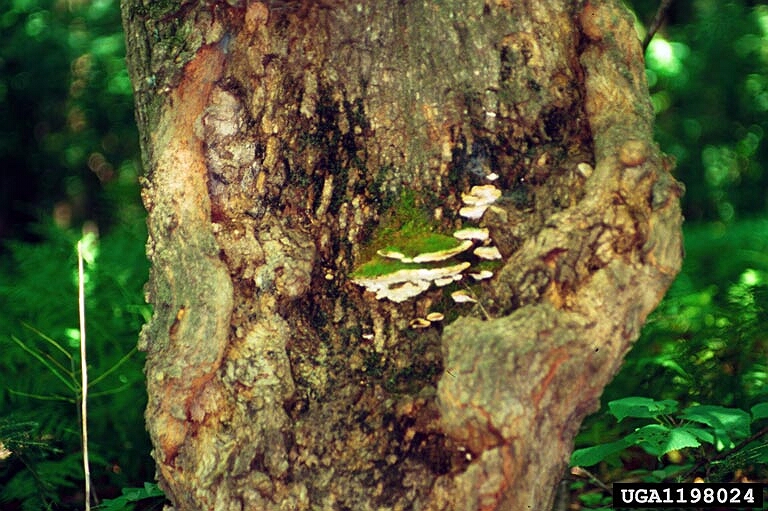
Other species of fungi can enter wounded areas of the Sugar Maples' bark and cause cankers to occur. Cankers of the Sugar Maple trees are most commonly caused by the fungi Eutypella parasitica and Nectria spp. These fungi cause portions of the tree to cave in and to become callus-like around the bark edges.
Some species of fungi can enter damaged portions of the tree and begin to cause the tree to decay. This will eventually lead to long term damage and eventually death to the tree. Examples include Ganoderma applanatum, Oxyporus populinus, and Fomes fomentarius.
Although diseases of the Sugar Maple’s vascular system are rare they have been known to happen. One disease, caused by the fungi Ceratocystis coerulescens, is called Sapstreak Disease. This fungus enters wounded trees and kills them because the tree is unable to produce normal sized leaves or may be unable to produce leaves at all.
Animal Damage
.jpg) Interactions with
White Tail Deer (Odocoileus virginianus) are probably the main cause of
damage to the Sugar Maple by wildlife. The main damage is when deer
begin to browse on young Sugar Maple saplings. These types of
interactions will cause permanent damage to the tree as a whole as it
grows, there is a possibility of stunted and deformed growth.
Interactions with
White Tail Deer (Odocoileus virginianus) are probably the main cause of
damage to the Sugar Maple by wildlife. The main damage is when deer
begin to browse on young Sugar Maple saplings. These types of
interactions will cause permanent damage to the tree as a whole as it
grows, there is a possibility of stunted and deformed growth.
Squirrels, rabbits, porcupines, mice, and some birds are also damaging to Sugar Maple trees as they often feed on the trees’ bark, buds, and twigs. Although the damage many not be serious, girdling the tree can cause permanent damage to the trees vascular transport system, especially when porcupines are involved because they can significantly girdle the tree.
Other Damage
Damage to Acer saccharum can also be the result of prokaryotic infection. Certain prokaryotes have been known to infect a portion of Sugar Maple through a damaged region in the tree. The prokaryotes begin to multiply in the tree and eventually cause the tree’s own cells to multiply uncontrollably. This results in the formation of a gall. Formation of a gall will cause the tree’s growth to become stunted as many of its nutrients go into making this unnecessary gall.
Damage to the Sugar Maple can also result from natural events such as
branch breakage caused by damaging wind, snow, or even ice. The Sugar
Maple also becomes damaged during times of drought, frost, and deep soil
freezing. Times of drought cause portions of the leaves to dry and
become unable to create vital nutrients via photosynthesis of the
leaves. Frost can cause portions of the root or trunk to crack. Deep
freezing of the soil can cause damage to the roots increasing the trees
chance of death. These natural events may cause the tree to become
susceptible to any number of diseases or infections by the many
organisms just described.
breakage caused by damaging wind, snow, or even ice. The Sugar
Maple also becomes damaged during times of drought, frost, and deep soil
freezing. Times of drought cause portions of the leaves to dry and
become unable to create vital nutrients via photosynthesis of the
leaves. Frost can cause portions of the root or trunk to crack. Deep
freezing of the soil can cause damage to the roots increasing the trees
chance of death. These natural events may cause the tree to become
susceptible to any number of diseases or infections by the many
organisms just described.
To learn more about the life history and reproduction of Acer saccharum check out the Life History page. To return to the Acer saccharum Homepage click here.